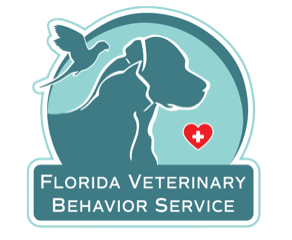Some breeds are predisposed to have difficulty housetraining. Other individual dogs are afraid of crates which makes housetraining more difficult. Despite these issues, for most dogs, housetraining is one of the easiest things that you will undertake with your dog. When done well, it won’t take long. When done poorly, the results can last a lifetime.
Get the basics
The basic concepts of housetraining are 1) give your dog access to the elimination area frequently, 2) reward your dog for eliminating in the right place, and 3) prevent accidents through constant supervision. Be consistent. Get to know your dog’s body language so that you will know when she has to go out.
Recipe for housetraining
- Choose a specific elimination area outside. Take her there on a leash when she signals and also before walks outside, after eating, after play and after sleeping. Stay outside until she urinates or defecates. When she urinates or defecates say the same phrase each time and reward her.
- Your dog should never be allowed to have an accident. During housetraining, your dog should either be confined (crate, exercise pen, small area); on a leash held by a person; within your direct eyesight; or outside (with supervision).
- Start by taking your dog outside every 2-3 hours when you are home and awake. For puppies, you will have to wake up overnight to take them out. Each week, you should be able to increase the amount of time that she can go without eliminating by about an hour until you get to about 6 hours. While some dogs can hold their urine and feces longer than 6 hours, if you are home, please take your dog out that frequently.
- When your dog has gone 2 weeks without accidents, you can start to give her some freedom in the house slowly increasing it. Continue to watch her closely, keeping her in the room with you to prevent accidents until she is trustworthy for about 4 hours loose in the house.
- If your dog has an accident, you didn’t watch your dog closely enough. It is not your dog’s fault. She is trying to learn what you are teaching her. If you catch her in the act, interrupt her by clapping your hands or making a nonfrightening sound. Then, immediately bring her outside. Place her there and encourage her to eliminate. If she does, praise her and reward her.
- If you don’t catch your dog in the act, there is nothing that you can do to make a lasting impression on your dog, so just clean it up and write yourself a note to watch your dog more closely.
- Don’t punish your dog for accidents by yelling, shoving her face in the accident or making loud noises. Punishment longer than a couple of seconds after the mistake is not associated with the accident (this is a scientific fact). If you yell and scream at your dog if any length of time has elapsed since the accident, she will just think that you are crazy and scary her. If you are really unlucky, she will associate your unruly behavior with the presence of the urine or feces, not with the act itself which leads to dogs who will not urinate and defecate in front of their owners. Not good.
If your dog doesn’t respond to these methods, contact your veterinarian for help. Your dog might have a medical disease such as a urinary tract infection which may make it difficult to hold her urine. Your pet may need professional help from a board-certified veterinary behaviorist. You can find one at www.dacvb.org.
